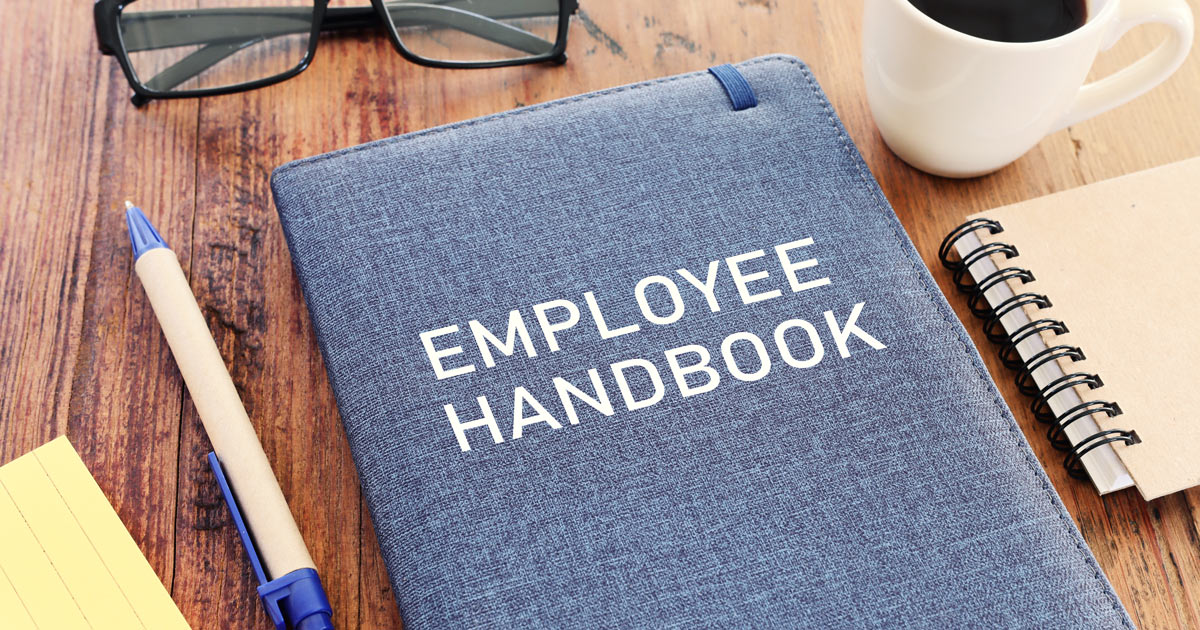Trademark Registration: An Invaluable Tool to Protect Your Intellectual Property
Trademarks are symbols used in commerce to identify the source of particular goods or services. Registration gives benefits above and beyond the common law rights which arise in the U.S. upon use in commerce. But why should you want to register your marks internationally? It’s because trademark rights are territorial. There are both defensive and offensive purposes for having a registration. Registrations can be used as a sword to stop infringers, and registrations can be used as a shield to protect you from the claims of others.
Some common strategies are to file where the goods are manufactured, where your biggest markets are, and where you anticipate the most need to have registrations in place. Hypothetically, if you’re a U.S. company with goods made in China, and those goods are sold worldwide, but primarily in the U.S., Canada, and Europe, you might want to consider filing in China, Canada, and Europe if you’re already protected in the U.S.
Some countries obtain rights through use, as the U.S. does, but some other countries are “first to file” jurisdictions where the owner of the registration prevails regardless of who used it first. In those countries, there are horror stories of distributors that registered the trademark first, meaning the company’s trademarks can be held hostage if the company ever decides to change distributors.
The U.S. is a member of the Paris Convention, which means that if you file in another member country within six months of the U.S. filing date, you get the U.S. filing date as the priority date against other applications.
The options for filing in other jurisdictions are: 1) filing in each country; 2) filing with a regional authority, such as with the European Union or with ARIPO in Africa. For both of those options, we can either file by using local counsel in each jurisdiction, or we can file through the Madrid Protocol.
The Madrid Protocol is a method of filing which involves taking a home application or registration and basing a central International Registration (“IR”) with the World Intellectual Property Organization (“WIPO”) in Switzerland. The IR is then extended to member countries. During the first five years of having an IR, the life of it is tied to the home application or registration. There are currently 122 countries that are Madrid Protocol members, including the U.S. The fee paid to WIPO depends on the number of countries involved. The chief advantage comes at renewal time, because then you need only pay one fee to WIPO to renew all of the IR country designations at once. During the prosecution of the designations in each member country, there may be a need to hire local counsel to respond to office actions or other procedural issues during examination.
The UK’s Brexit has complicated matters for those seeking protection there. A national application is the only option going forward, but those with registrations in the EU which predate Brexit now have a cloned registration in the UK providing the same renewal deadlines as the EU registration which need to be maintained separately.
If you would like to schedule a consultation regarding international protection, please contact Kevin Thompson at (312) 368-0100.



